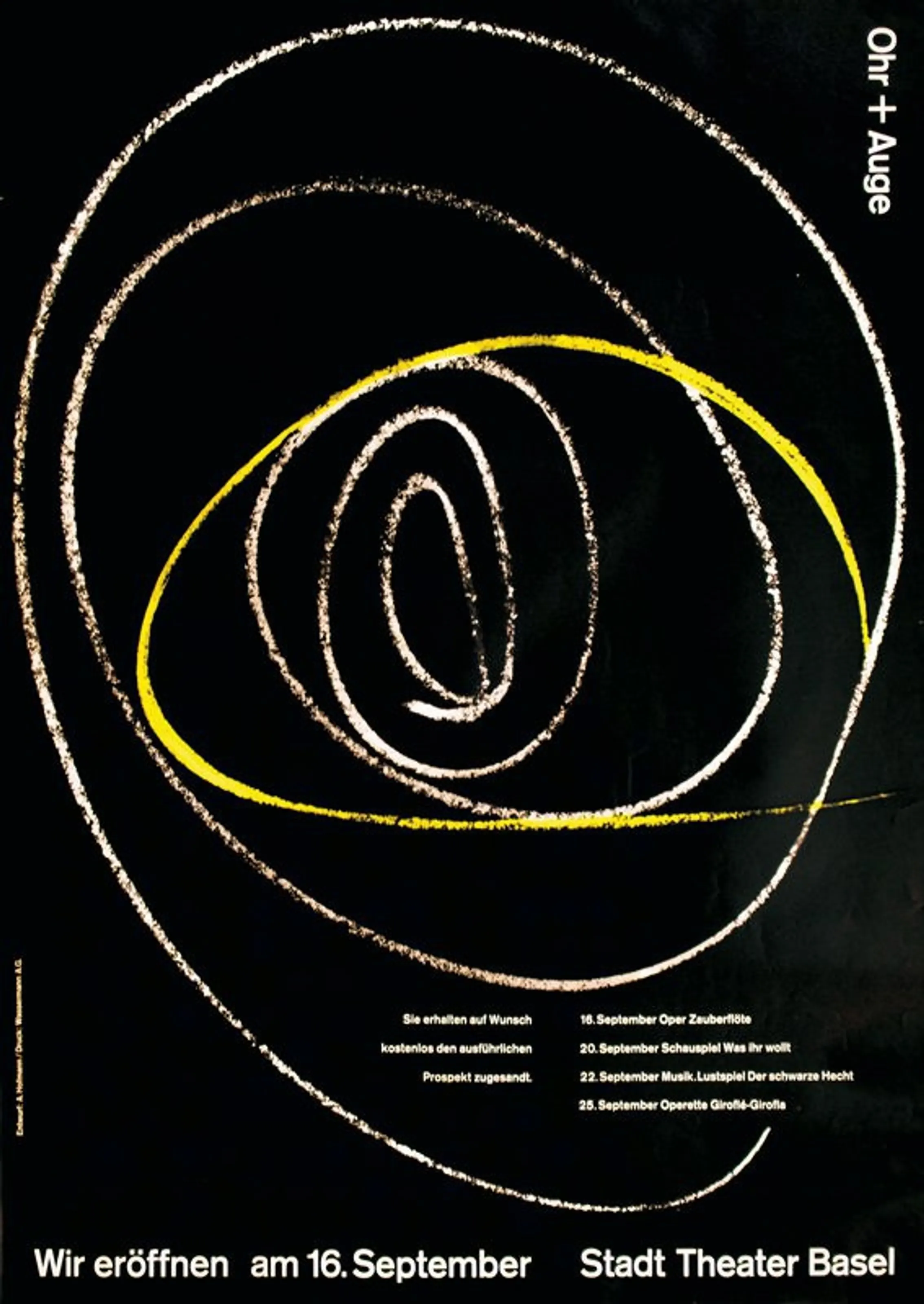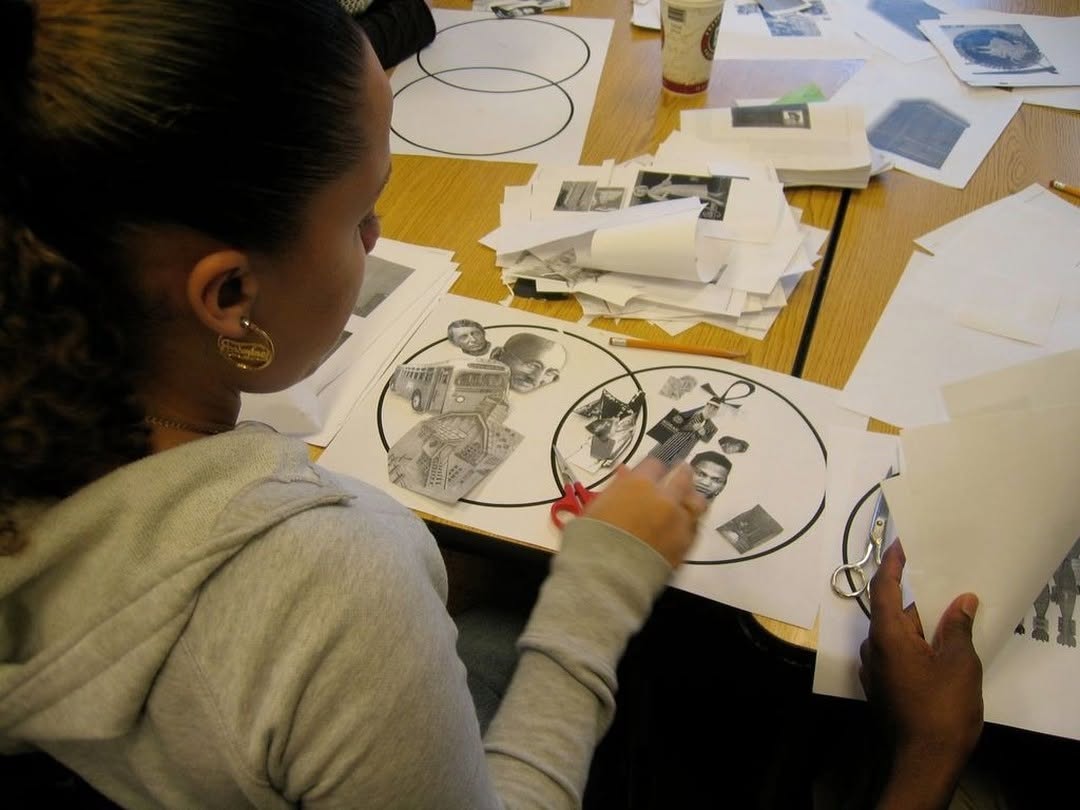Graphic Design Across the Lifespan

Kristina Lamour Sansone’s Design Instinct Learning™ is a platform for all her work, grounded in cognitive science, that shows the role of graphic design in human development and education. For over three decades, Kristina has applied her theory in schools, from early childhood to adult learning.

Kristina’s father’s optical prism serves as a metaphor for Design Instinct Learning. Its lenses encourage a community of practice that recognizes, validates, and supports the light within each student’s own set of values, beliefs, and cultural perspectives to enter her classroom.
PGDA: Tell us more about your research. What is Design Instinct Learning?
KLS:
Design Instinct Learning™ is my lifelong thesis exploring the role of graphic design across the lifespan. It is a research-based approach that integrates biology, engineering, and graphic design. Design Instinct Learning recognizes students where they are within their own visual culture of learning at 5 days, 3, 18, or 91 years, rather than as a blank slate of knowledge and experiences. I aim to design schools that utilize all grid systems, as Ramon Tejeda demonstrates in his Grids are Games: Notes on a Relationship, for Poster House NY, incorporating a range of image-making strategies, typographic voices, color systems, and arrangements, while also validating individual preferences and tendencies embedded within the teaching and learning process.

Kristina as a young art student
Design Instinct Learning™ supports educators in trusting their inner communication skills, deepening core content knowledge, and fostering transdisciplinary understanding within their classrooms, based on instinct. It is about creating design partnerships with ourselves, our peers, students, and communities, utilizing an integrated language of color, shape, and text —also known as graphic design —to communicate our values, beliefs, and cultural perspectives.

Ohr + Auge (Ear + Eye) Theater poster by famed Swiss designer Armin Hofmann, 1952
PGDA: What concepts from design history have informed your research?
KLS: I first studied graphic design and its history at the University of the Arts in Philadelphia, where my faculty had trained at the Basel School of Design. Their teacher, Armin Hoffman’s Graphic Design Manual, is a primer in training students how to see. Since then, I’ve expanded my vision to see beyond Hoffman’s foundations of European modernism.

Polish posters in The Archive by Josef Szajna, 1986; Witold Janowski from the 70s; Ewa Kossakowska, 1962; and Franciszek Starowieyski, 1978.
During the summer between my first and second years of graduate school at the Yale School of Art, I traveled to Poland to study with Graphic Design historian Szymon Bojko, to understand the graphic design and its education in the academies in Warsaw that my great-grandparents would have encountered.

Kristina participated in a graphic design partnership with veteran Boston Public Schools Humanities Teacher Carole Teague. In her Malcolm X humanities curriculum at the Social Justice Academy at Hyde Park High School, students searched for alignments across Malcolm X's work using a customized Venn diagram design tool
PGDA: Can you tell us more about Kellogg?
Rhoda Kellogg (1898–1987) oversaw, systematically collected, and published an archive of over 8000 children’s drawings from around the world. Kellogg’s understandings led her to validate a child’s innate ability to discover their inner voice and build confidence in their abilities to visually communicate using graphic form. She watched the process unfold, from scribbles to uncovering shapes within networks of seemingly random lines and scribbles, and repeatedly witnessed the development of a complex visual, written, and spatial language. She referred to this ability as “the child as designer” phase.

Rhoda Kellogg traced the patterns she discovered by analyzing over one million children’s drawings from around the world ages 2-6.
PGDA: It seems like we have held onto a narrow definition of design for too long.
KLS:
Absolutely. Dr. Cheryl D. Miller’s Print Magazine series, Decolonizing Graphic Design from a Black Perspective, and her historical memoir, HERE: Where the Black Designers Are, are essential resources for expanding the canon of graphic design history. Together, they challenge and reframe the dominant narrative that has shaped graphic design programs in North America since NASAD established the first B.F.A. programs in 1944.
Dr. Miller’s work has been transformative for my own research and thinking about the relationship of history to practice. Books like Decolonizing Graphic Design from a Black Perspective and archives such as The People's Graphic Design Archive change access to history and offer significant perspectives.

Pieces from Cheryl D. Holmes Miller's design portfolio in The People's Graphic Design Archive
PGDA: What’s missing from graphic design history?
KLS:
Dr. Cheryl D. Miller’s textbook, "Decolonizing Graphic Design from a Black Perspective," co-authored with Bailee Robinson, is available in both book and interactive formats. Dr. Miller provides instrumentation to start with the canon, so faculty can include Cheryl’s perspective from a Black Perspective to expand the canon from both their cultural-linguistic perspectives and those of students in their classroom. In Hidden Truths: The Renaissance: The Other History, Dr. Miller shows her instruments in a presentation at Roger Williams University. She shows how her instruments to work from the canon in a user-friendly format.
*Kristina Lamour Sansone serves as a professor of design at Lesley University College of Art and Design and critic at RISD in the department of Teaching and Learning in Art and Design Education. She recently graduated from the Doctor of Education in Organizational Change and Leadership program at the University of Southern California, Rossier School of Education, pursuing her dissertation in Design Instinct Learning™.